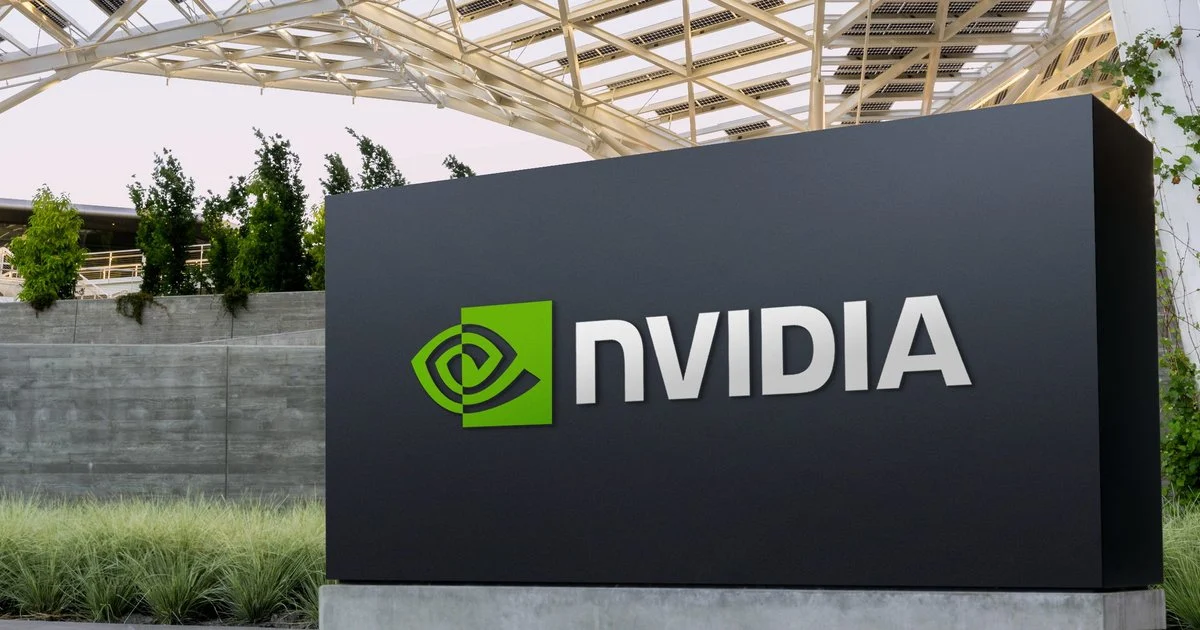I Was One of Nvidia’s Loudest Critics. I’m Here to Tell You I Was Wrong.

For the longest time, my desk was littered with notes that formed my unshakeable, bearish thesis on Nvidia. If you and I had spoken six months ago, I would have confidently told you the party was almost over. I wasn't just consuming the negative narratives; I was an active believer, and perhaps even a propagator of them. The comparison to Cisco before the dot-com bust? It was my favorite, a clean and devastatingly simple historical parallel that I used to frame Nvidia's meteoric rise as a bubble of epic proportions. I saw every report about AMD “closing the gap” not as a possibility, but as an inevitability, citing analysts who predicted its dominance was on a timer.
When the news broke that a billionaire like Philippe Laffont was selling a massive chunk of his shares, I saw it as the canary in the coal mine. “The smart money is getting out,” I’d tell anyone who would listen. “They see the writing on the wall.” The crescendo of my conviction was probably the day I read that Seeking Alpha headline: ‘Nvidia: The Music Is About To Stop.’ It felt like a validation of everything I believed. It was the logical, terrifying conclusion. I was so sure, so certain, that I was witnessing the peak just before the fall.
My intellectual fortress, however, was built on a foundation of analogies and headline-deep analysis. The first crack in that foundation wasn’t a market shift or a financial report. It was a detail I almost glossed over: Nvidia’s acquisition of a small Canadian startup called CentML. On the surface, it was just another tech buyout. But a persistent question bugged me: why them? Why this specific, highly technical team focused on optimizing AI model compression and speed?
That question became my catalyst. It forced me to descend from the 30,000-foot view of market caps and P/E ratios and into the messy, complicated, and utterly fascinating engine room of Nvidia’s operations. What I found there didn't just challenge my beliefs; it dismantled them piece by piece.
Let’s start with the Cisco comparison, the pillar of my bearish argument. The story was perfect: a company sells essential hardware (routers then, GPUs now) into a revolutionary tech boom, its stock soars to unsustainable heights, and then it all comes crashing down when the spending frenzy ends. My mistake, I now realize, was in misunderstanding the nature of the “boom.” The dot-com era was about building a finite infrastructure—connecting the world with physical cables and routers. Once a building was wired, the big spending was done. The AI revolution is fundamentally different. It's not a one-time build-out; it is a perpetual, compounding demand for computation. Every new AI model, every scientific discovery, every enterprise application doesn’t just use the existing infrastructure; it creates an immediate demand for more and more powerful infrastructure. Cisco sold the plumbing. Nvidia is selling the very fabric of thought and creation, a resource with seemingly infinite demand. It was a difficult realization. My elegant historical parallel was, in fact, a deeply flawed analogy.
This led me to re-examine the threat from AMD. I had bought into the narrative that AMD’s MI300X chip was a “contender” that would eat into Nvidia’s market share. On paper, the specs looked competitive. But my deep dive, prompted by the CentML acquisition, revealed that I was comparing the wrong things. The battle isn't about the chip; it's about the ecosystem. For over a decade, Nvidia has been meticulously building CUDA, a software platform that is now the global standard for AI development. Millions of developers have built their careers on it. Entire industries have built their foundations on its libraries and tools. An enterprise doesn't just buy a GPU; they buy into a deeply integrated hardware and software stack. AMD isn’t just competing with a piece of silicon; it’s competing with a decade-long, multi-billion-dollar investment in software and an entrenched global community. The CentML acquisition was the final proof for me. Nvidia wasn’t just defending its hardware; it was actively making its entire platform more efficient and indispensable for its customers. The moat wasn't just wide; it was getting deeper.
And what about the “smart money” from The Motley Fool’s favorite story? The Laffont sale? Once my other pillars had fallen, this one looked flimsy. I forced myself to do what I should have done in the first place: look at the full picture. Selling 1.4 million shares is a headline, but it was a fraction of his fund's holdings. It’s called risk management. It’s what any prudent portfolio manager does after a stock has seen historic gains. I had allowed a single, sensationalized data point to color my entire perception, ignoring the vast institutional ownership that remains steadfast. I had fallen for a simple story because it was convenient for my bias.
It’s humbling to admit you were wrong, especially when you were so vocal. The truth is, I was analyzing Nvidia as a hardware company when I should have been analyzing it as the central nervous system of a new industrial revolution. The “music” I thought was about to stop wasn't a fleeting pop song; it’s a symphony that’s just beginning its first movement, and its applications stretch across every field of human endeavor, from medicine to climate science. I don’t have all the answers now, and I won't pretend the staggering valuation doesn't still give me pause. But my journey from skeptic to believer has taught me one thing: the most compelling narratives are often the simplest, and in the case of Nvidia, they are also the most misleading. The real story is far more complex, far more deeply rooted, and far more revolutionary than the bears, myself included, ever gave it credit for.

